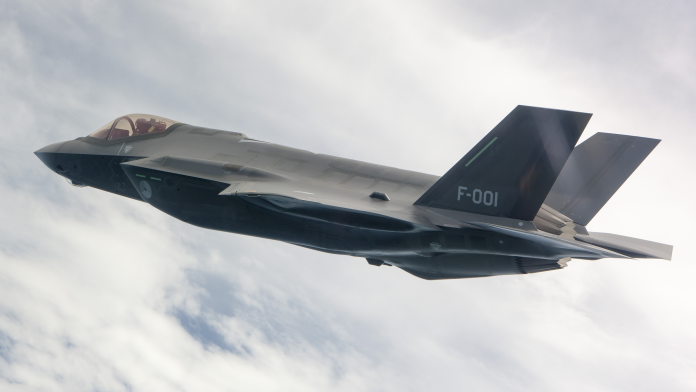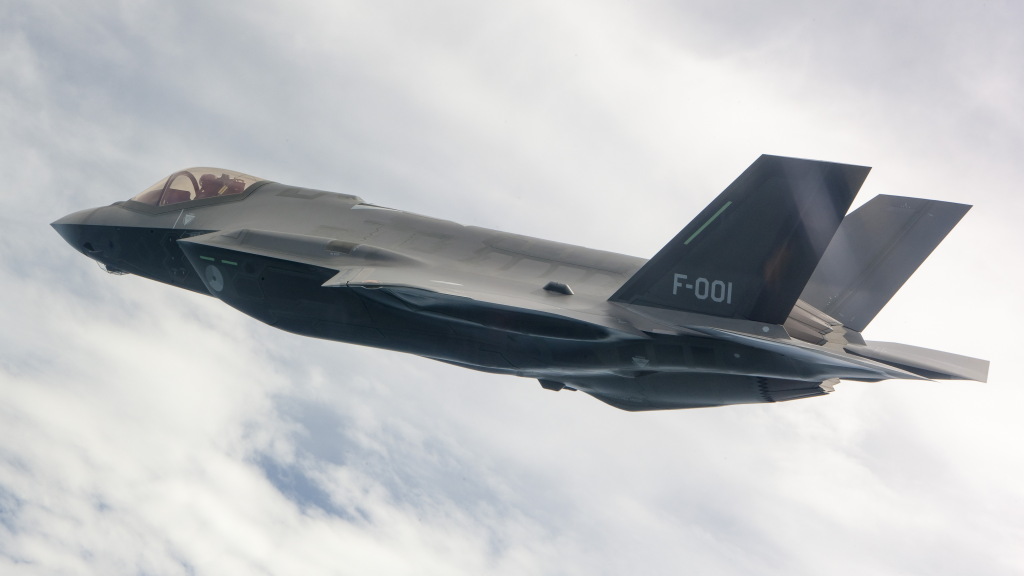
The relentless evolution of military aviation has sparked speculation about a hypothetical seventh-generation fighter jet. While the world is still focused on sixth-generation designs, the contours of a future beyond are beginning to take shape, driven by breakthroughs in technology and strategic necessity.
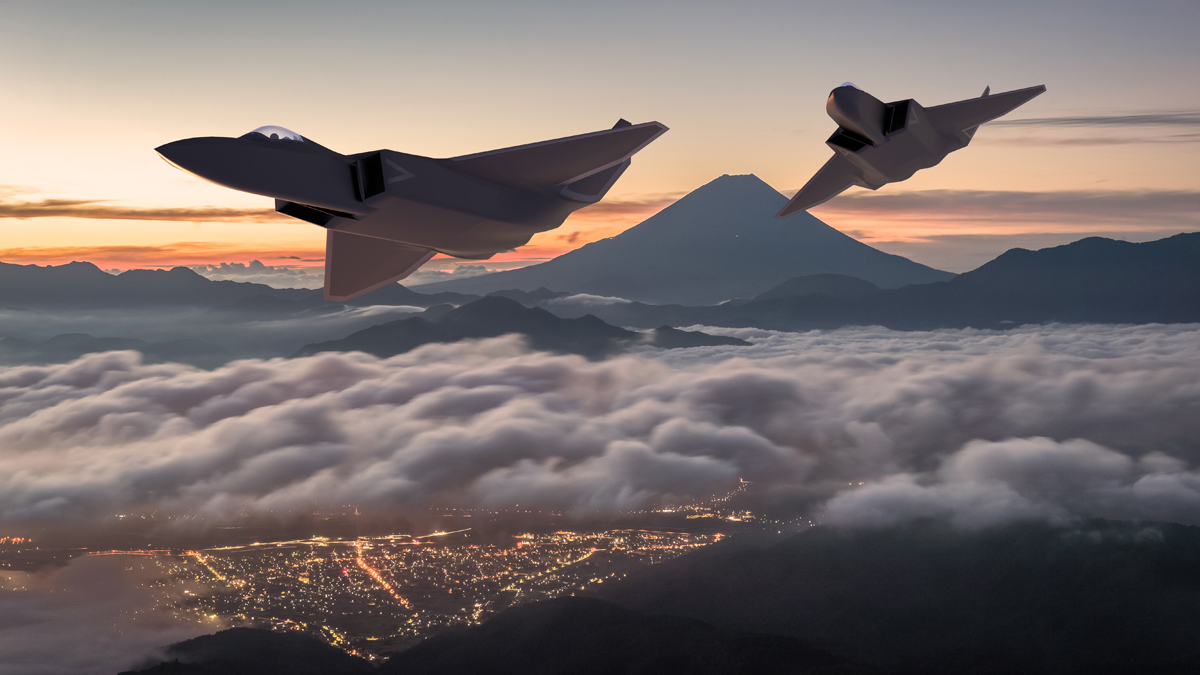
1. Understanding Fighter Generations
The “fighter generation” is not an official term but has become part of the defense terminology, dividing the history of fighters into epochs based on leaps in technology.
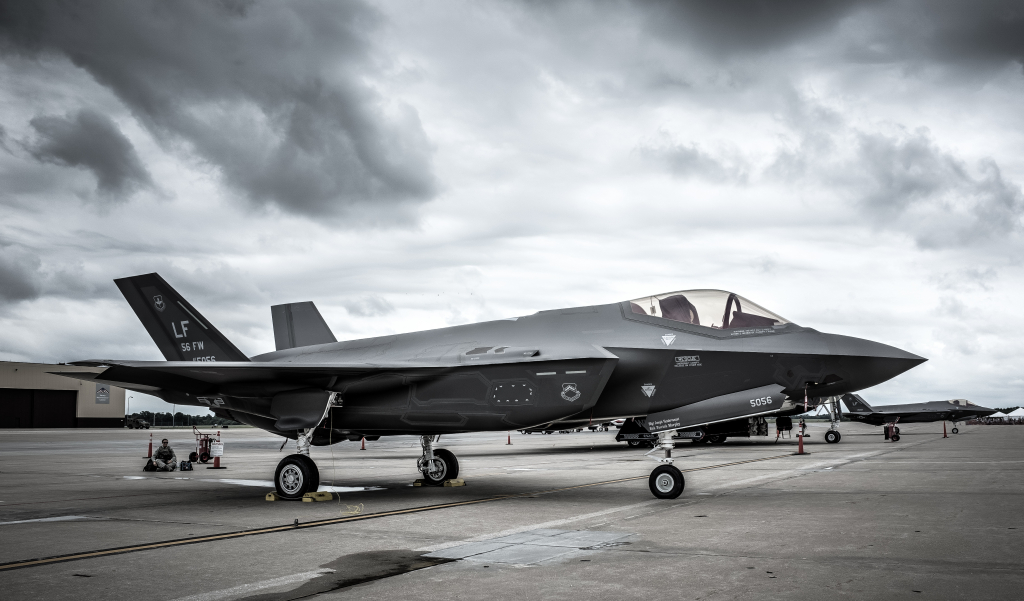
Fifth-generation aircraft such as the F-22 Raptor and F-35 Lightning II brought with them revolutionary stealth, sensor fusion, and networked warfare. Sixth-generation aircraft promise even more better stealth, AI embedding, and even manned-unmanned teaming.
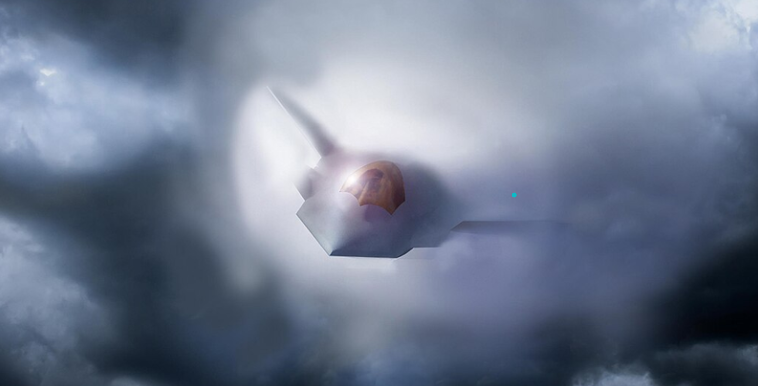
2. Seventh Generation: Not Reality, But Fantasy
The concept of a seventh-generation fighter is more in the world of conjecture. Aviation journalists like Gareth Jennings say it’s “not really a thing” yet, pointing out that the discussion is conceptual in nature. But lessons learned from the last generations’ innovations give us an idea of what is to be expected increased automation, new materials, hypersonic speed, and still more integrated AI systems might define these next-generation aircraft.
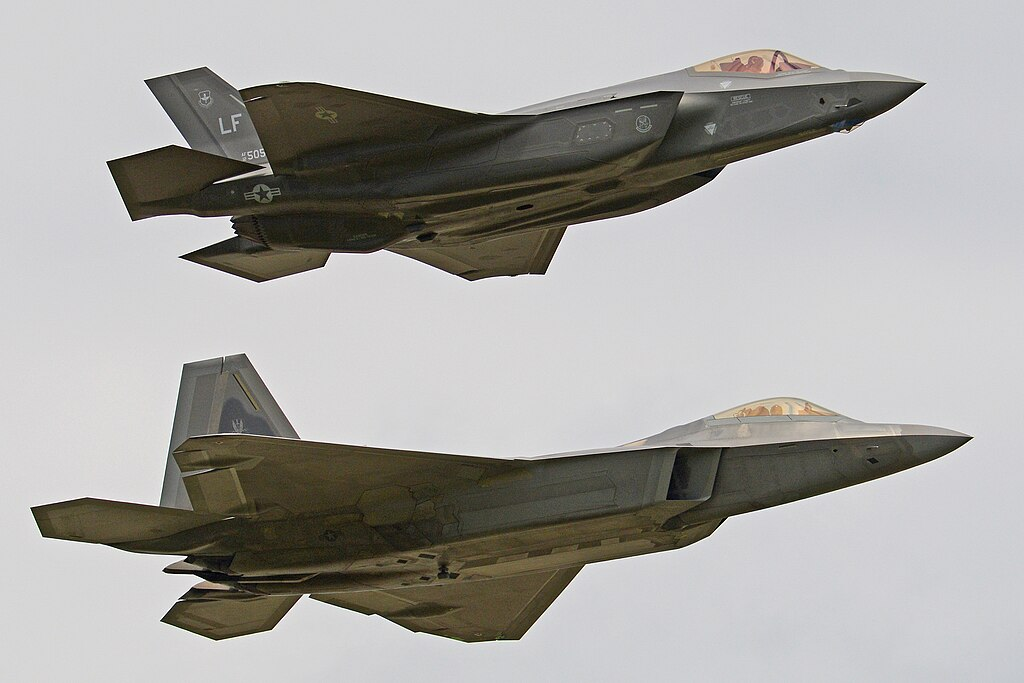
3. World Developments and Tiered Progress
Whereas Tier 2 countries, including Turkey and South Korea, are concentrating on fifth-generation planes, Tier 1 countries the US, UK, and France with their allies are developing sixth-generation designs. A seventh-generation fighter is, at this point in time, a theory exercise with regard to trends in technology and not ongoing projects.
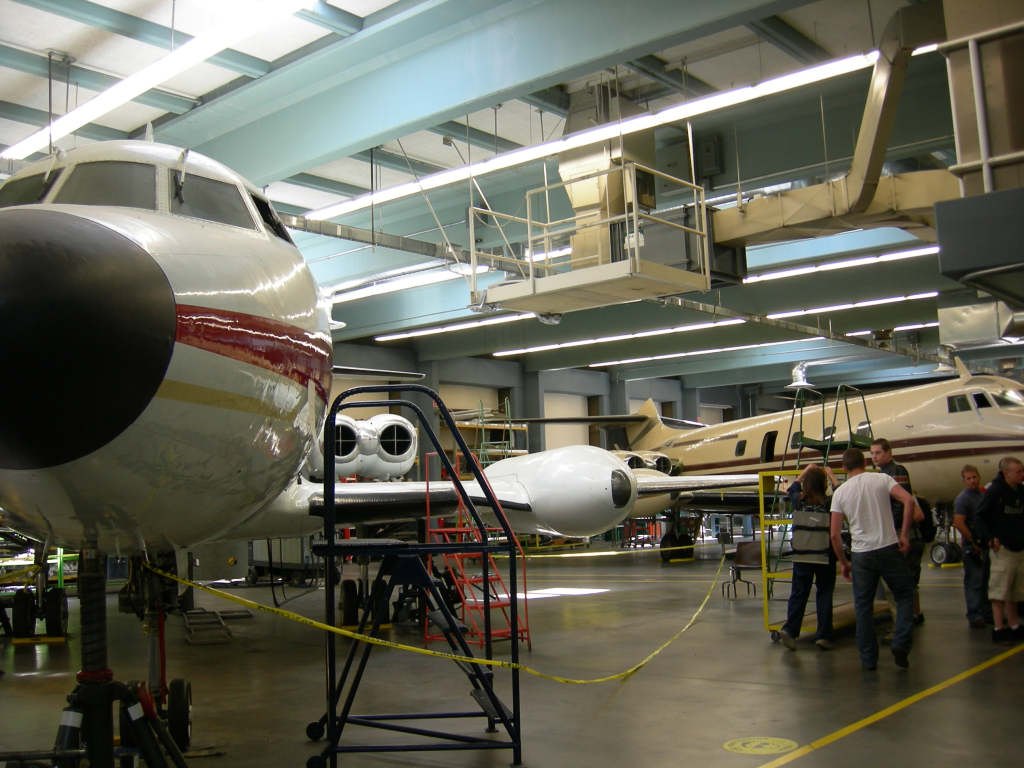
4. Technological Accelerators
Radical innovations in material technology, additive manufacturing (3D printing), and computer-aided design (CAD) are accelerating prototyping and production cycles. Experts warn, however, that as the faster design loops drive aircraft toward cheaper production costs, increasing development, acquisition, and maintenance costs will remain a limiting factor for most countries.
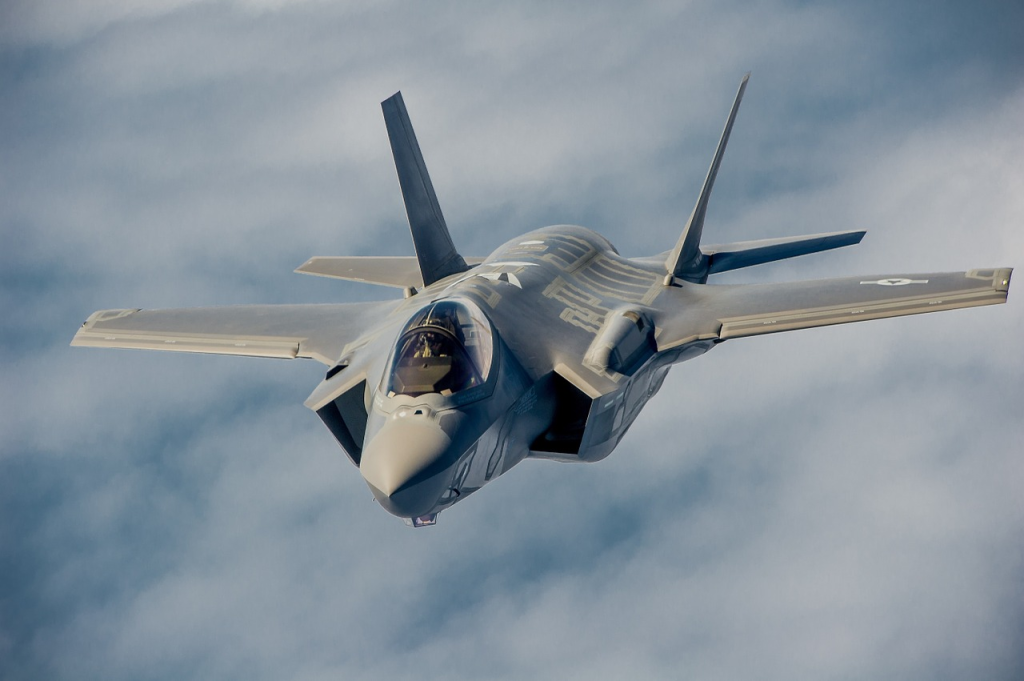
5. The Economics of Air Superiority
Historically, generational gaps between fighters have expanded as technology has become increasingly sophisticated. Jet-age giant leaps have been replaced by incremental advances. States prefer to upgrade existing aircraft to counter new threats at lower cost, weighing capability against strategic and budgetary constraints.
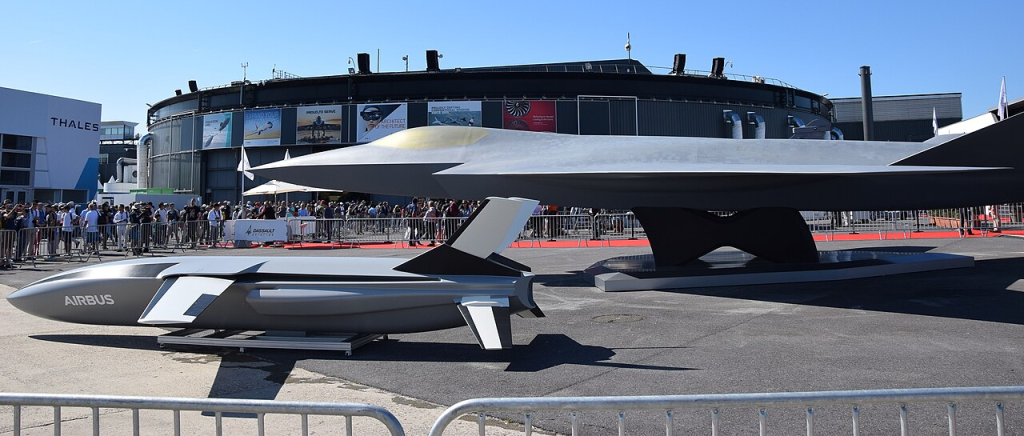
6. International Collaboration as a Strategy
With the enormous expense of next-generation fighter development, multinational partnerships are bound to remain. Joint ventures like the UK-sponsored Future Air Combat System (FACS, or Tempest) demonstrate how allies share resources, minds, and technology to share risk and provide interoperability a practice that may characterize any seventh-generation program.
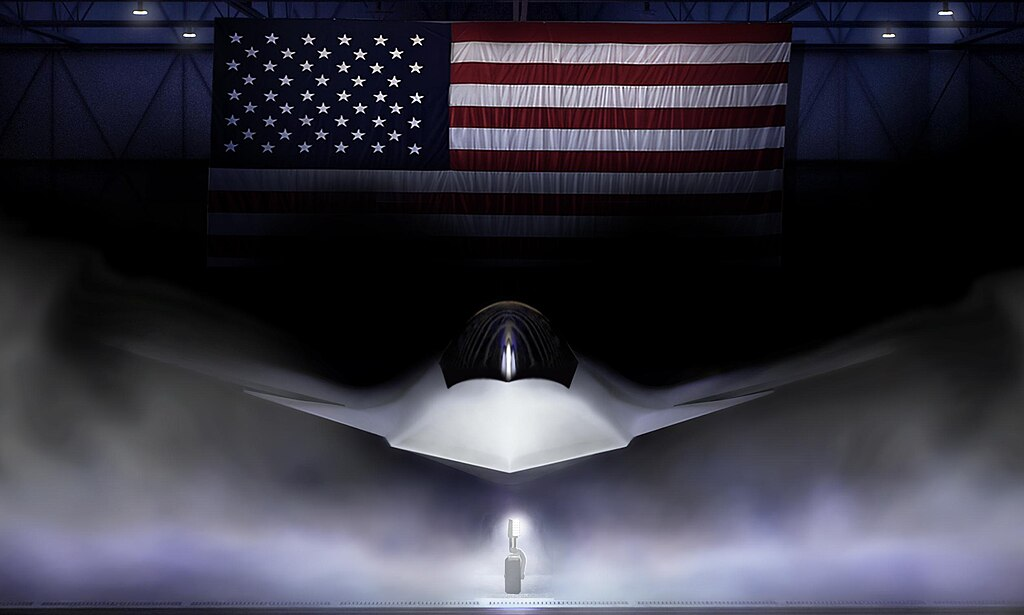
7. The Near-Term Horizon
While the seventh generation is still in theory, concepts of the sixth generation are already ruling the skies. The US Air Force’s Next Generation Air Dominance (NGAD) and the UK Tempest programs are advancing the curve in human-systems integration, AI-driven battlefield awareness, and digital warfare capabilities. These programs are a stepping stone from current platforms to future concepts.
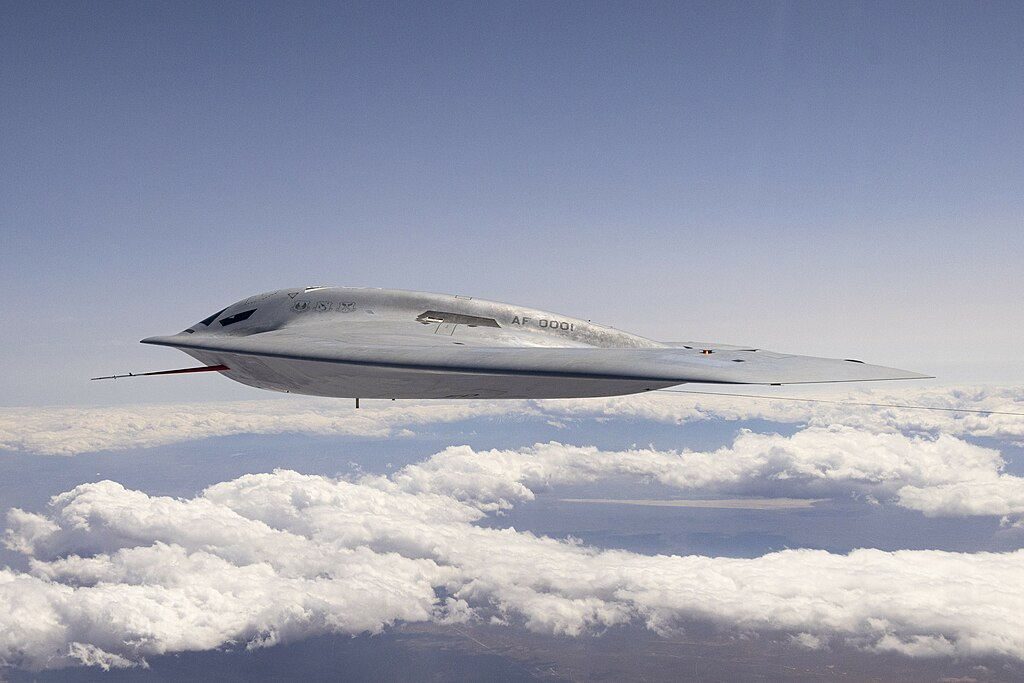
8. Conclusion
Seventh-generation fighter planes are now a feast of imagination, where the limits of technical possibility and operational boundaries converge. With concrete evidence in short supply, the one-way trend of fighter evolution indicates that future aircraft would be built around AI integration, next-generation sensors, and open interoperability. Like every previous generation, unabashedly the most pertinent question still lingers how would such machines reimagine the pilot’s role, the battlefield, and air supremacy in a fast-changing world?
